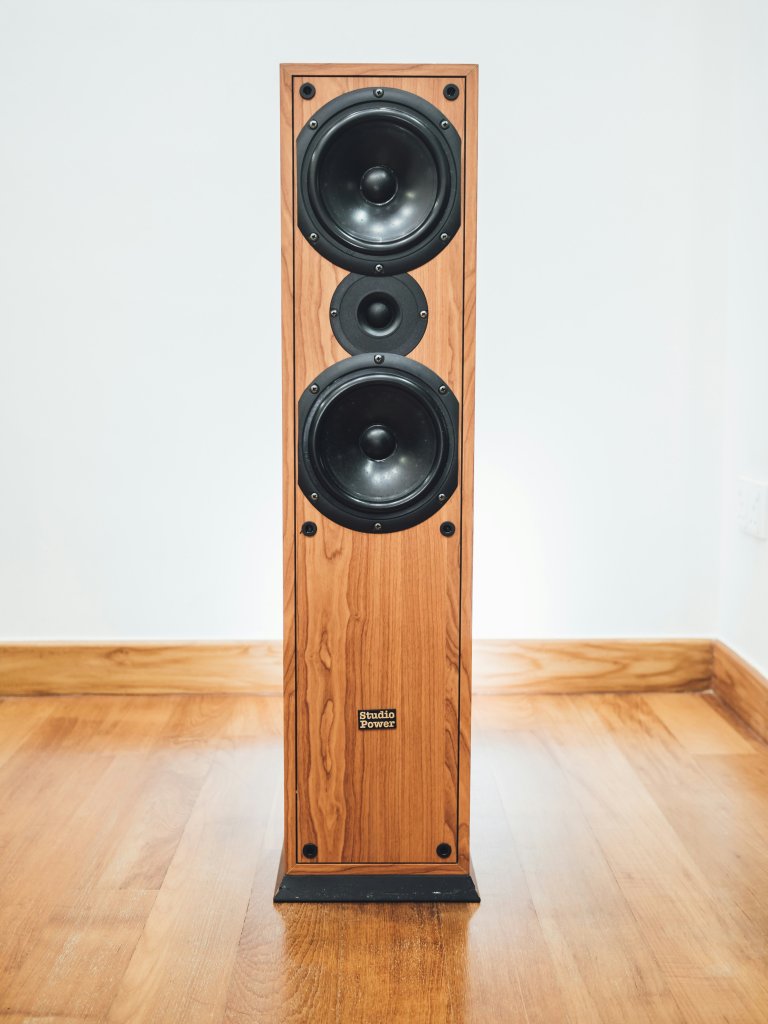The Evolution of Headphones
Headphones have become an essential accessory in today’s world. From listening to music, watching movies, playing video games, to making phone calls, headphones have become an integral part of our daily lives. We often take them for granted, but the history of headphones is quite fascinating. Let’s take a journey through the evolution of headphones and how they have transformed over the years.
The Birth of Headphones
Headphones were first invented by Nathaniel Baldwin in 1910. He was a graduate of the Brigham Young University and worked as a part-time teacher. Baldwin was looking for a way to amplify sound and transmit it wirelessly. He experimented in his kitchen and came up with the first set of headphones. Baldwin’s headphones were made of basic materials such as a wooden frame, metal diaphragms, and speaker parts. He managed to sell his invention to the US Navy, where it was used for radio communication.
After Baldwin’s invention, headphones were mainly used in the military and for telephone operators. It wasn’t until the 1950s that headphones became available to the public for listening to music. The first commercial headphones were bulky, heavy, and uncomfortable to wear. However, they marked the beginning of a revolution in the music industry.
The Rise of Stereo Headphones
In the 1960s, headphones evolved into stereo headphones, which allowed listeners to hear two different channels of sound. This improvement in technology made it possible to experience music in a whole new way. The first stereo headphones, called the Koss SP-3, were developed by John C. Koss in 1959. They were lightweight and had foam ear pads, making them more comfortable to wear. Since then, stereo headphones have become the standard for listening to music.
The 1970s and 1980s saw the introduction of new features in headphones, such as noise-cancelling technology, adjustable headbands, and in-line volume control. These advancements made headphones more user-friendly and comfortable, paving the way for their popularity among music enthusiasts.
The Revolutionary Walkman Headphones
In 1979, Sony introduced the Walkman, a portable cassette player that could be carried around anywhere. To enhance the listening experience, Sony also introduced lightweight headphones that could be used with the Walkman. These headphones became extremely popular and set the stage for later developments in the industry.
The launch of the iPod by Apple in 2001 marked another significant milestone in the headphones’ evolution. The iPod came with its own set of headphones called “EarPods,” which were designed to provide better sound quality and were also more comfortable to wear.
Wireless Headphones – A Game Changer
Wireless headphones were first introduced in the mid-2000s, and since then, they have transformed the way we listen to music. Prior to wireless headphones, headphones were always connected to a device by a cord, making it difficult for users to move around. With the advancement of Bluetooth technology, wireless headphones have become more popular than ever. They provide users with the freedom to move around without being tethered to a device.
The market for wireless headphones has grown significantly, and there are various types available, including on-ear, over-ear, and in-ear headphones. Each type offers a unique listening experience, and users can choose the one that best suits their needs and preferences.
The Emergence of Noise-Cancelling Headphones
Noise-cancelling headphones were first introduced in the 1980s, but advancements in technology have made them much more effective in recent years. These headphones use active noise control to block out external noise, making them perfect for use in loud environments such as airplanes or busy city streets. They are also ideal for those who work in noisy environments and need to concentrate.
Noise-cancelling headphones have gained immense popularity, and many manufacturers now offer a range of models at various price points. They not only provide a better listening experience but also help protect your ears from excessively loud sounds.
The Future of Headphones
As technology continues to advance, headphones will continue to evolve as well. With the rise of virtual and augmented reality, we can expect to see more innovative headphones that are specifically designed for these platforms. There will also be a focus on improving sound quality, noise-cancellation, and comfort.
Furthermore, as wireless technology continues to improve, we can expect to see a trend towards completely wireless headphones, without the need for any cables. This will make headphones even more portable and convenient for users.
Conclusion
The journey of headphones from their early days to now has been astounding. From bulky military communication devices to sleek, portable, and wireless headphones, they have come a long way. We can only imagine what the future holds for this indispensable accessory.
Whether you are a music lover, a gamer, or just someone who wants to make hands-free calls, there is a pair of headphones out there for you. They have become more than just a means to listen to audio; they are now a fashion statement and an expression of one’s personality. Headphones will continue to evolve and provide us with better listening experiences, making them an essential part of our lives for years to come.




